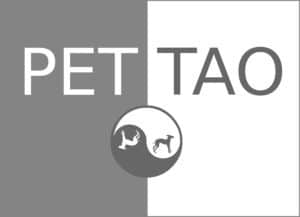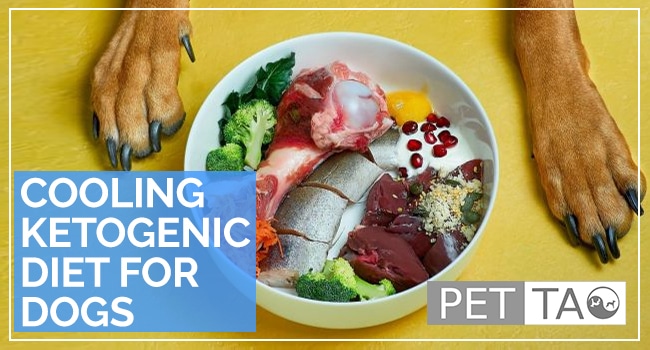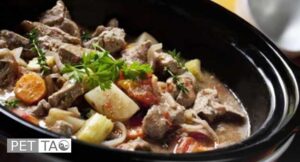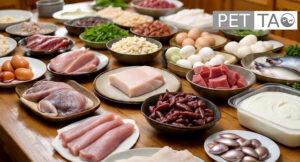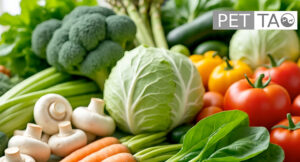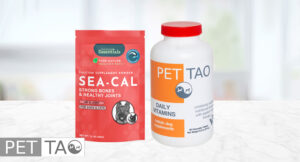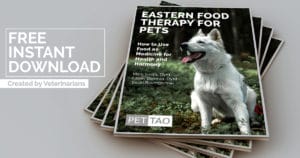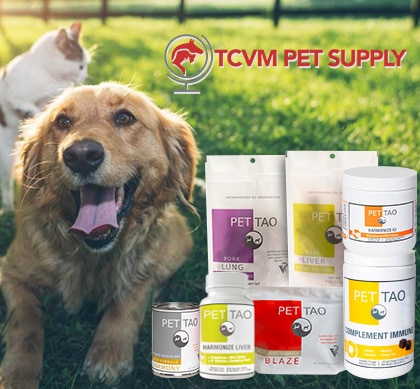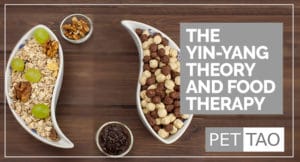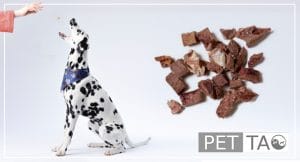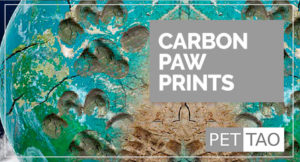Why Feed Cooling Ketogenic Dog Food?
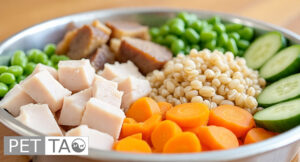
From a Western perspective, a ketogenic diet is high in fat, moderate in protein, and very low in carbohydrates. This metabolic approach shifts the body from relying on glucose for energy to producing ketones from fat. Research in both people and pets suggests ketogenic diets may support specific health challenges, including diabetes, seizures, obesity, and certain cancers. By stabilizing blood sugar, reducing inflammation, and promoting steady energy, keto feeding strategies can offer benefits in dogs facing these conditions.
From a Traditional Chinese Veterinary Medicine (TCVM) angle, food also carries energetic properties. Many dogs with chronic health issues show signs of internal Heat or Yin deficiency, which can worsen inflammation, irritability, or restlessness. A cooling ketogenic dog food is carefully designed to not only maintain metabolic balance but also calm excess Heat, nourish Yin, and restore harmony within the body.
Some pet parents also choose a ketogenic approach because they feel it more closely resembles the “primal diet” of a dog’s ancestors—focused on protein and fat rather than grains or starches. When combined with cooling food choices from Eastern Food Therapy, a ketogenic diet can help dogs maintain balance, comfort, and support throughout various stages of their health.
Cooling Ketogenic Dog Food Recipe
We believe the most supportive way to feed dogs is by choosing a TCVM energetically appropriate diet, even when following ketogenic ratios. By combining Eastern Food 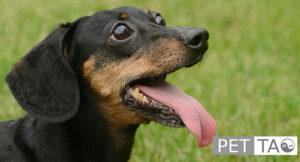
A cooling ketogenic diet is beneficial for dogs showing signs of internal Heat or Yin deficiency. In TCVM, these imbalances may appear as:
- Restlessness or pacing at night
- Excessive panting, even at rest
- Eating grass frequently
- Seeking cool surfaces like tile or concrete
- Agitation, irritability, or difficulty settling
- Struggling in warm or humid climates
By selecting cooling proteins, vegetables, and fats, you help calm Heat, nourish Yin, and restore balance while also supporting the body’s natural metabolic shift into ketosis.
From a nutritional perspective, ketogenic dog food typically contains:
- 47%–57% fat (as the primary energy source)
- 28%–38% protein, primarily from high-quality meat sources
- Up to 15% carbohydrates, carefully chosen from low-glycemic, cooling vegetables
Feeding this way encourages the body to burn fat for energy instead of glucose, which may help stabilize blood sugar levels, reduce inflammation, and provide steady energy. When paired with TCVM cooling food choices, ketogenic feeding becomes not just a metabolic strategy, but also an energetic one—helping your dog thrive both physically and energetically.
With the food lists below, you can create endless recipe combinations tailored to your dog’s needs. Mix and match the ingredients while keeping the macronutrient ratios in mind—47%–57% fat, 28%–38% protein, and up to 15% carbohydrates. This balance ensures your recipe fits ketogenic guidelines while also supporting your dog’s overall health.
To make tracking easy, you can use an online food log or calculator, such as those available on Fitbit or Livestrong. These tools will help you confirm that your protein, carbohydrate, and fat ratios are in the correct range.
All of the ingredients provided are classified as either cooling or neutral from a Traditional Chinese Veterinary Medicine (TCVM) perspective. Cooling foods help calm excess Heat, soothe irritability, and support Yin, making them particularly helpful for dogs with signs of agitation, panting, or discomfort in warm climates. While it’s best to stick with all cooling options, you may include one neutral ingredient per batch if needed for convenience or variety.
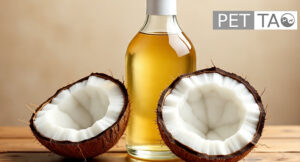
If your dog needs additional support, you can further increase MCT intake by adding a canine-specific MCT supplement. Always follow the label instructions or your veterinarian’s guidance when introducing supplements.
By thoughtfully choosing from the lists below, you can design a meal plan that is both metabolically balanced and energetically cooling—helping your dog stay comfortable, nourished, and in harmony.
Cooling Meats/Protein Source
- Carp (neutral)
- Clam
- Cod
- Crab
- Duck
- Eggs (neutral)
- Goose (neutral)
- Herring (neutral)
- Kidney, pork (neutral)
- Liver, beef (neutral)
- Liver, sheep
- Mackerel (neutral)
- Oyster (neutral)
- Pigeon (neutral)
- Pork (neutral)
- Quail (neutral)
- Rabbit
- Sardine (neutral)
- Tofu
- Turkey
- Tuna (neutral)
- Whitefish (neutral)
- Yogurt
Cooling Vegetables
- Alfalfa
- Asparagus (neutral)
- Broccoli
- Cabbage (neutral)
- Carrot (neutral)
- Cauliflower (neutral)
- Celery
- Cucumber
- Dandelion leaf
- Eggplant
- Lettuce
- Mushroom, button
- Spinach
- Squash
- Swiss Chard
- Tomato
Cooling Fats
- Coconut oil (adds MCT)
- Black sesame oil
- Flaxseed oil
- Peanut oil (neutral)
- Sesame oil
- Soybean oil
Sample Energetically Cooling Ketogenic Dog Food Recipe

- 5 pounds of meat (see “protein” list above)
- 1.5 pounds of vegetables (see “vegetable” list above)
- 1 egg
- 4 tablespoons of coconut oil
Directions:
First, debone and chop meat and vegetables.
Next, place all ingredients in the crockpot, layering:
- Slow cooking root vegetables on the bottom
- Meat in the middle
- Fast-cooking items on top
Then, top with 1 cup of water.
Afterward, cook on low for 4 hours.
In addition, add the following to your dog’s diet:
One canine multivitamin per day. Our vets recommend PET | TAO Daily Vitamins.
- Calcium supplement 22mg/lb of body weight per day. Some other good choices for calcium include eggshell powder and bone meal. (If using bone meal, please note the calcium content. Then, calculate 22mg/lb of body weight from the calcium content. Do not calculate from the overall bone meal content.)
Feeding Schedule:
- F
eed roughly 1.5 cups per 25 pounds of body weight twice daily.
- Monitor your pet’s weight. If undesirable weight loss occurs, please contact your veterinarian. Your veterinarian will help you make adjustments to your feeding/diet plan.
Do you want to learn more about food therapy and how to help your dog at home?
